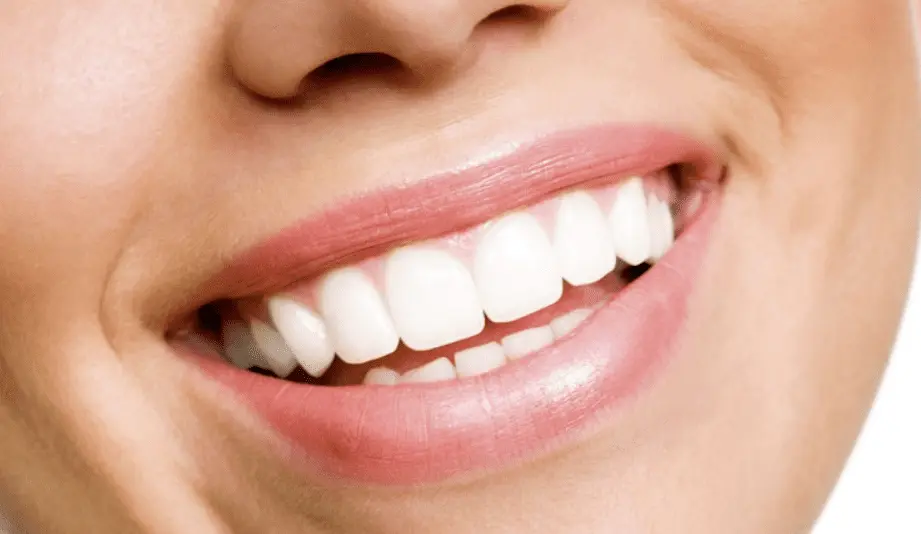
A smile is more than just a facial expression; it’s a universal language that transcends cultures and communicates a myriad of emotions. Unveil a radiant grin with our expert cosmetic dentistry in rockville md. Behind the act of smiling lies a fascinating realm of psychology, neuroscience, and social dynamics. In this exploration, we delve into the science of smiles, decoding the intricate processes that make a beautiful grin a powerful and influential expression.
The Neurochemistry of Smiling
When you smile, your brain releases a cascade of feel-good neurotransmitters, including endorphins, dopamine, and serotonin. These chemicals act as natural mood lifters, reducing stress and creating a sense of happiness. The simple act of smiling, whether spontaneous or intentional, triggers a positive feedback loop in the brain, contributing to an overall sense of well-being.
Smiles and Social Connection
Smiling is a social currency that fosters connection and communication. From a young age, humans instinctively respond positively to smiles, making it a fundamental aspect of social interaction. When we smile at others, it signals warmth, approachability, and a willingness to engage. This reciprocal exchange of smiles strengthens social bonds, fostering a sense of trust and camaraderie.
The Impact of Smiles on Perception
A beautiful grin goes beyond aesthetics; it influences how we are perceived by others and shapes our interactions. Research has shown that people who smile are often perceived as more attractive, approachable, and competent. A genuine smile can convey sincerity and authenticity, making it a powerful tool in both personal and professional settings.
Smiles and Emotional Resilience
The act of smiling isn’t just a reflection of positive emotions; it can also contribute to emotional resilience. Studies suggest that even forcing a smile during challenging situations can lead to a more positive emotional state. The physical act of smiling can influence your emotional state, helping you navigate stress and adversity with a more optimistic outlook.
Cultural Variations in Smiling
While smiles are generally considered positive across cultures, the nuances of smiling can vary. In some cultures, a smile may signify politeness or concealment, while in others, it may express genuine joy. Understanding cultural differences in smiling enhances cross-cultural communication, emphasizing the importance of interpreting facial expressions in context.
The Psychology of a Beautiful Grin
What makes a smile beautiful? The psychological concept of a beautiful grin extends beyond physical aesthetics. While factors like symmetry and dental health play a role, the authenticity and emotional resonance of a smile often contribute more significantly to its perceived beauty. A genuine, heartfelt smile that reaches the eyes has a captivating effect, making it truly beautiful.
Enhancing Your Smile: The Role of Confidence
Confidence is closely linked to the beauty of a smile. Feeling confident in your smile can positively impact self-esteem and social interactions. Advances in cosmetic dentistry offer various options for enhancing smiles, from teeth whitening to orthodontic treatments. Consultation with dental professionals, like those at [Your Dental Practice], can provide personalized guidance for achieving a smile that aligns with your unique features and personality.
 Conclusion
Conclusion
In unraveling the science of smiles with Rockville Dental Arts, we discover that a beautiful grin is not only a visual delight but a complex interplay of neurochemistry, social dynamics, and emotional well-being. Whether through the release of feel-good neurotransmitters, the fostering of social connections, or the enhancement of personal confidence, the act of smiling holds a profound influence on our lives. As you navigate the world with your radiant grin, remember that the science of smiles is a captivating journey that extends far beyond the surface, reaching into the realms of joy, connection, and the enduring allure of happiness.

 Conclusion
Conclusion